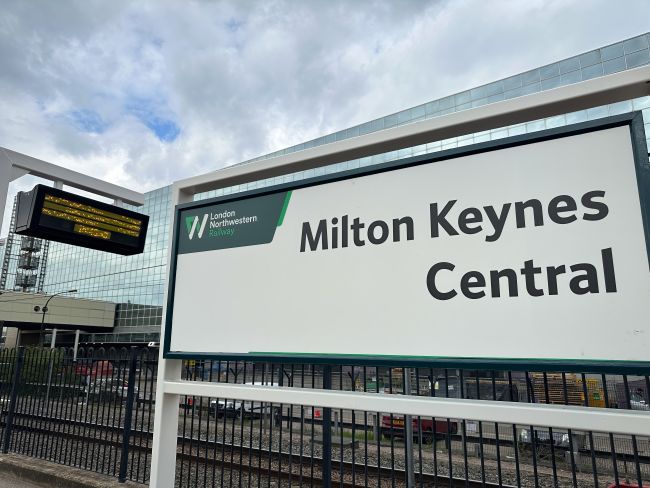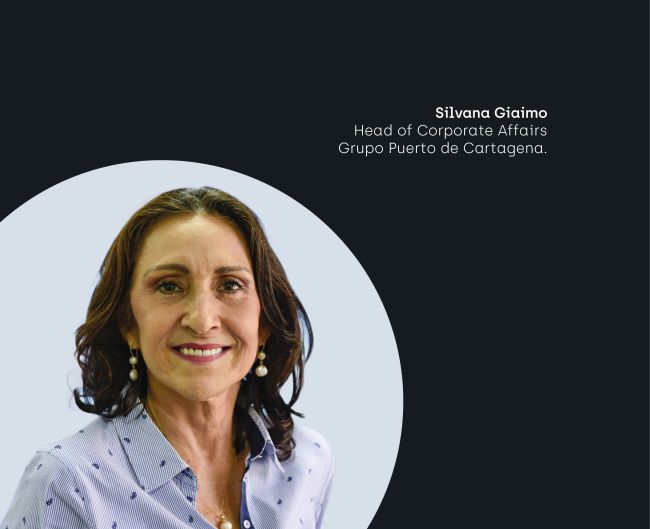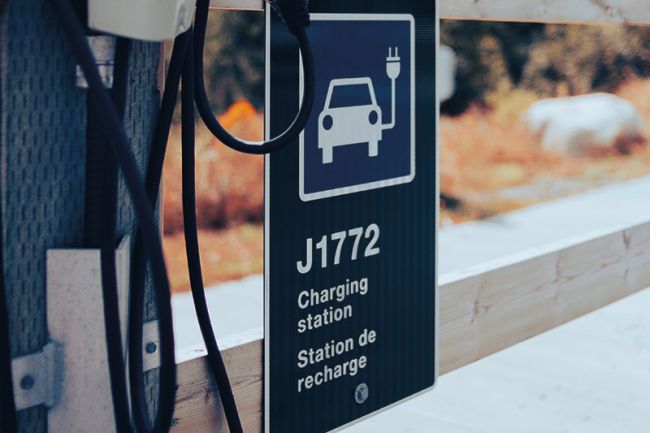Reconnecting Toronto: the PATH and TO360 network
Toronto PATH is the world’s largest underground retail complex.

Toronto PATH is the world’s largest underground retail complex. Located in Toronto’s downtown core, the PATH connects over 75 buildings and 40 km of retail frontage in an underground labyrinth of pedestrian walkways and spaces. The network experiences over 200,000 business-day commuters and thousands of additional tourists, visitors and residents; and, with over $1.7 billion in annual sales, provides an invaluable contribution to the city’s economic viability.
A recent independent study quantified that for every 1% increase in regular PATH users, annual sales revenues would increase by $17 million and identified pedestrian wayfinding as one of the network’s principal needs.
Navigating the PATH can be challenging for visitors, who are frequently too intimidated to try to navigate the network or get lost due to an outdated wayfinding system and regular expansion to the network. This results in a poor user experience and limits customers’ ability to fully explore the retail network. One key opportunity to help capture this untapped revenue lies in revamping the wayfinding system to deliver clear and consistent information where and when customers need it, building confidence to explore the PATH.
In 2015, Steer set out to do just that. Commissioned by the Toronto Financial District Business Improvement Area (BIA), in partnership with the City of Toronto, we developed a new user-centered PATH wayfinding system.
The new system is constructed around connector routes – continuous paths that allow users to navigate the entirety of the network – joining transportation hubs like Union Station to major destinations such as Yonge-Dundas Square and revealing branch routes with retail and other amenities located off the connectors.
The new system utilizes wall map panels to be installed network-wide and directional signage content that can function stand-alone or be integrated with existing wayfinding systems managed by the individual property owners, to deliver clear directions and more accurate representations of buildings consistently, regardless
of ownership.
Digital
Our work also delivered high-level functional requirements for a future digital wayfinding service to deliver ‘Eyes-Up’ navigation that will improve the PATH experience for all user types, including mobility and visually impaired visitors to the network. Based on the use of Bluetooth beacons, the system will deliver location specific, dynamic A to B navigation that can be stand-alone and/or integrated with existing business websites and applications.
TO360 multi-modal wayfinding
The PATH system also focuses on getting people to, and drawing people from, major landmarks and neighborhoods at street level by linking it with Toronto’s TO360 pedestrian wayfinding system that Steer has been working on since 2011.
The TO360 wayfinding strategy supports walking as the primary mode of travel to unlock multi-modal transportation in the city – providing consistent information across modes and environments through a unified signage and mapping system delivered by the City of Toronto and project partners.
Following extensive stakeholder and public outreach, a pilot project was implemented in June 2015 in the City’s Financial District. The pilot project consisted of on-street signs, new maps at transit shelters, and updated maps on existing transit shelters and information pillars. Signs were installed on the most important pedestrian routes connecting arrival points and local destinations, but were also designed to reveal the area's attractions and encourage exploration. Maps incorporated features such as 'heads-up mapping' oriented in the direction the user is facing, a 5-minute walk circle, landmark buildings and key destinations.
An outline business case, completed in 2012, evaluated the expected benefits of the wayfinding system and paved the way for the pilot. Its findings were further qualified by an independent evaluation of the pilot post-implementation, which determined that for every dollar invested, almost four dollars, will be returned in transportation benefits over the 25-year life cycle of the project.
Integrating the two systems enhances the user experience across environments, encouraging people to explore and get lost above and below ground, while having the confidence that there will always be information nearby to help them find their way.
Steer is currently supporting the City to roll-out TO360 city-wide and in April 2018, the system-wide roll-out of the PATH wayfinding network will be launched. Once complete, the two systems will seamlessly work together to provide a more integrated, friendly and ultimately enjoyable experience for people navigating the capital of Ontario both above and below ground.

















